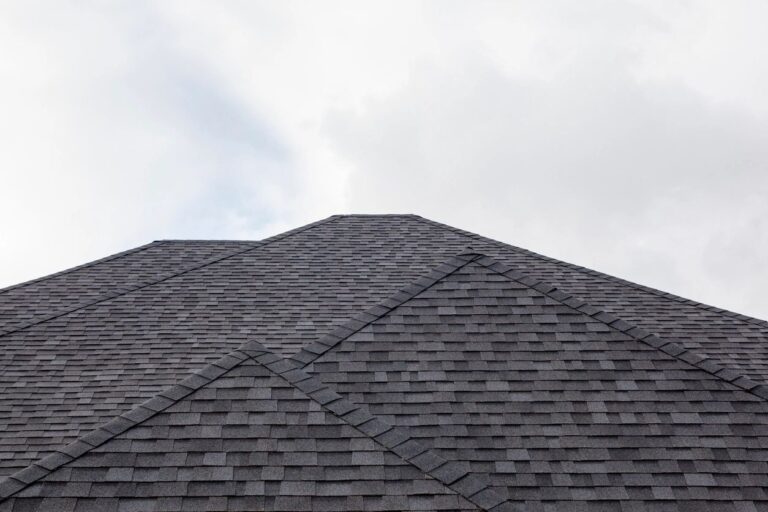While fixing a roof is not exactly the type of project that a complete novice would tackle, it is common for handymen-types to undertake. Like virtually all home projects, those with some skill can find instructional videos on the internet, and may feel comfortable climbing up onto the roof to complete the repairs.
Important: If you are not familiar with working on a roof slope, be sure to maximize safety controls. Wait for a dry day, wear non-slip shoes, and move slowly. You may also wish to secure yourself to the roof if an anchor point is available.
DIY Roof Projects – Common Issues
Of course, there are many degrees of complexity which could be involved in a roof repair, and if you are not a professional, you may not understand the nuances of the trade. For those planning to complete a DIY roof repair – or installing a completely new roof – here are some of the most common mistakes we see.
Important: If you are not familiar with working on a roof slope, be sure to maximize safety controls. Wait for a dry day, wear non-slip shoes, and move slowly. You may also wish to secure yourself to the roof if an anchor point is available.
- Too Much Shingle Exposure: This term refers to the amount of shingle which remains exposed to the elements once the next overlapping shingle is applied. By leaving too much exposure, you may leave the shingle roof vulnerable to water intrusion, as well as more likely to blow off in high wind situations. As both of these weather conditions are common in Southwest Florida, this measurement is very important. Depending on shingle type and roof grade, between 4 and 5 inches of each shingle should be exposed.
- Cracking Existing Tiles: Tile and slate are both prone to damage if too much weight is placed on them. Even walking on the roof may cause tile to crack, as will piling your supplies on roof tiles. If you are not careful, you may end up increasing the mount of tiles which need repair.
You will want to carefully plan where to step, and should consider bringing supplies to the roof on an as-needed basis rather than all at once. Many time, those attempting a DIY roof repair will mistakenly break tiles adjacent to those they are replacing.
- Not Fixing the Underlayment: If your roof has been damaged by flying debris, the material under the shingle or tile may have been damaged as well. Check for rips or tears in the underlayment before you replace the shingle, to ensure the two-layer protection your roof was designed with.
- Not Fastening Correctly: Tiles will be affixed with a cement, and shingles require nails long with their sealing strip. It is important that all surfaces are clean and dry before cement is applied, and that inclement weather is not expected until the cement has time to completely set.
As for shingles, they can slip if not nailed correctly. In addition, many people make the DIY roof mistake of using too few nails, assuming that the adhesive is enough. Plan on securing each shingle with at least four nails; use six nails if the slope is steep.
- Incorrect Installation of Flashing: Flashing is meant to divert water through valleys and away from the edge of the roof so as to prevent water backup and pooling. Installing flashing incorrectly (or not at all) can result in roof leaks and premature erosion damage to your roof.
It is also important to remember that depending on the project, you may need to obtain a permit to properly fix your roof. New roof installations in Venice and Sarasota absolutely require permitting. You may be subject to fines should un-permitted work be discovered.
If you need a new roof or roof repair and do not feel comfortable tackling the job alone, call [company_name]. We have been in the community for nearly 18 years as residential contractors, helping our neighbors to safely and correctly protect their homes.




